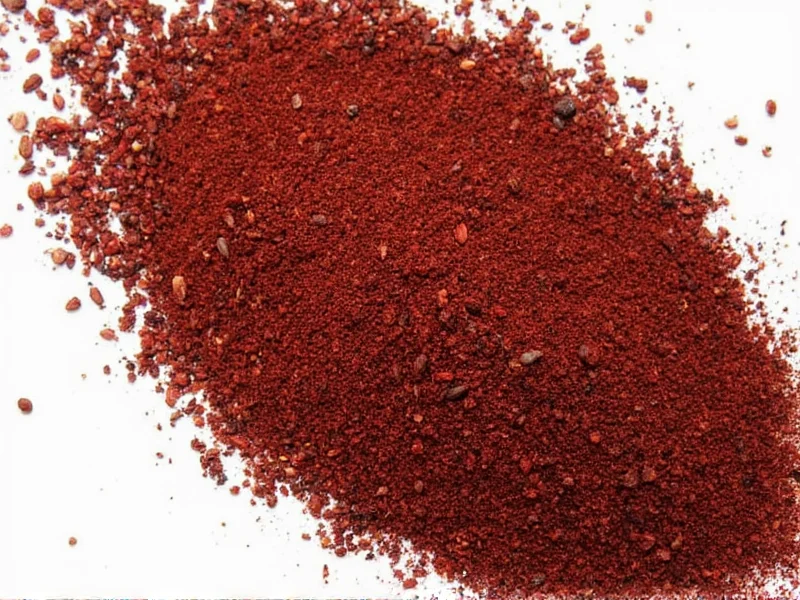Understanding allspice's unique flavor profile is crucial when seeking substitutes. Despite its name, allspice isn't a blend but a single berry (Pimenta dioica) that naturally combines flavors reminiscent of cinnamon, nutmeg, and cloves. When you need an allspice berry substitute, the goal is to recreate this distinctive balance without overwhelming your dish.
Why Allspice Is Difficult to Replace
Allspice delivers a complex flavor profile that's simultaneously sweet, peppery, and warm with subtle notes of juniper and clove. This complexity makes finding the perfect allspice berry substitute challenging. The berry's essential oils contain eugenol (also found in cloves), which gives it that distinctive warmth, plus caryophyllene that provides peppery notes. When searching for how to replace allspice in recipes, understanding these components helps create effective substitutions.
Top Allspice Berry Substitutes Ranked by Effectiveness
Not all substitutes work equally well across different applications. Here's a comprehensive guide to the most reliable alternatives:
| Substitute | Ratio (per 1 tsp allspice) | Best For | Limitations |
|---|---|---|---|
| Cinnamon-Nutmeg-Cloves Blend | 1/2 tsp cinnamon + 1/4 tsp nutmeg + 1/4 tsp cloves | Baking, stews, marinades | Requires three spices; clove flavor may dominate if imbalanced |
| Pumpkin Pie Spice | 1 tsp | Baking, sweet applications | Contains ginger which alters flavor; not ideal for savory dishes |
| Apple Pie Spice | 1 tsp | Fruit desserts, compotes | Lacks peppery notes; too sweet for savory applications |
| Cinnamon Only | 3/4 tsp | Quick fixes, baking | Misses nutmeg and clove elements; flavor less complex |
| Cloves Only | 1/4 tsp | Meat dishes, mulled beverages | Overpowering if used in full amount; lacks sweetness |
Specialized Substitution Guidance
For Baking Applications
When seeking the best allspice substitute for baking, the cinnamon-nutmeg-cloves blend works exceptionally well in spice cakes, gingerbread, and fruit pies. For cookies and quick breads, pumpkin pie spice makes an excellent 1:1 replacement. If you're making German Lebkuchen or similar spiced cookies, increase the nutmeg slightly to 1/3 teaspoon for better authenticity.
For Savory Dishes and Jerk Seasoning
Caribbean jerk seasoning relies heavily on allspice's distinctive flavor. For authentic allspice substitute for Jamaican jerk seasoning, use equal parts cinnamon, nutmeg, and cloves but add 1/8 teaspoon black pepper per teaspoon of substitute to replicate allspice's peppery notes. When making Middle Eastern za'atar or meat rubs, reduce the cloves to 1/8 teaspoon to prevent overwhelming the other spices.
Dietary and Allergy Considerations
If you need an allspice alternative without cloves due to allergies or preference, try this modified blend: 1/2 teaspoon cinnamon + 1/4 teaspoon nutmeg + 1/4 teaspoon ground cardamom. Cardamom adds the necessary complexity without clove's intensity. For those avoiding multiple spices, 3/4 teaspoon cinnamon plus a pinch of black pepper works as a quick homemade allspice replacement.
Common Substitution Mistakes to Avoid
Many home cooks make critical errors when substituting allspice. Never use five-spice powder as a direct substitute—that Chinese blend contains star anise and fennel that will completely alter your dish's flavor profile. Similarly, avoid using allspice's distant relative, pimento (bell pepper), which shares the same botanical family but has entirely different flavor characteristics.
When determining what spice can I use instead of allspice, remember that pre-ground substitutes lose potency faster than whole spices. If using the cinnamon-nutmeg-cloves blend, grind whole spices just before mixing for maximum flavor impact. For long-cooking dishes like stews or braises, add substitutes later in the cooking process to prevent flavor degradation.
Testing Your Substitute
Before committing to a full recipe, test your allspice berry substitute ratios by mixing a small amount with warm milk or broth. The ideal substitute should provide balanced warmth without any single spice dominating. For baking applications, mix with melted butter and a spoonful of flour to test how the flavors will integrate in your final product.
When Substitution Isn't Recommended
Some traditional recipes absolutely require authentic allspice. Authentic Jamaican jerk chicken, certain Middle Eastern meat dishes, and specific holiday spice blends like speculaas benefit from allspice's unique chemical composition that cannot be perfectly replicated. In these cases, consider making a special trip to a spice shop rather than substituting.











 浙公网安备
33010002000092号
浙公网安备
33010002000092号 浙B2-20120091-4
浙B2-20120091-4